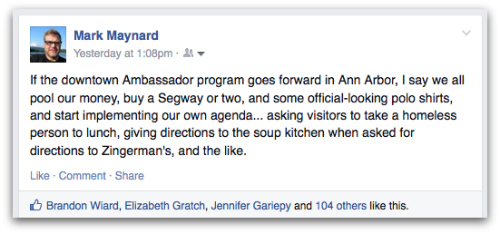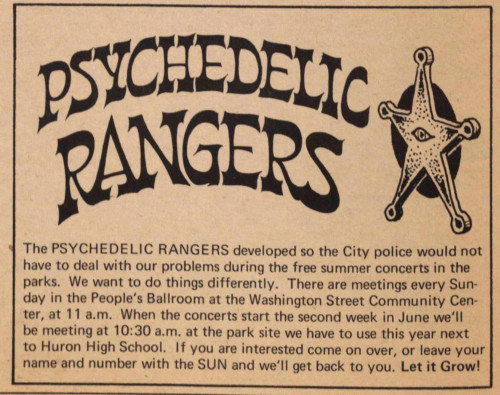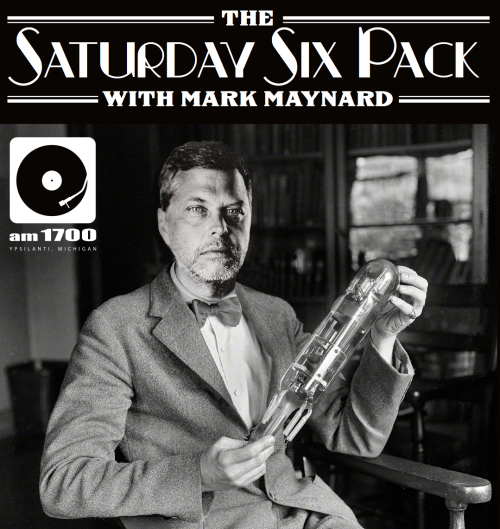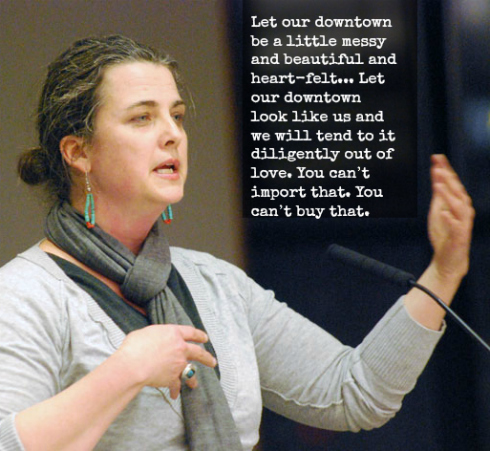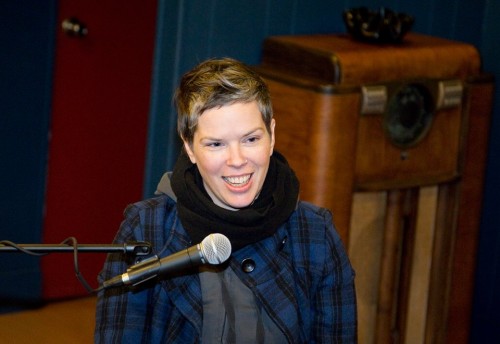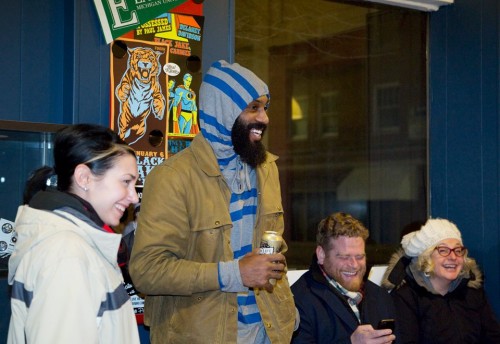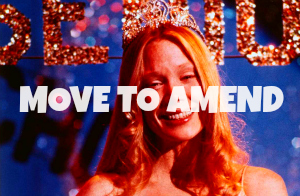I realize that the Ann Arbor DDA’s uniformly mocked “Ambassador” program is likely going to die on the vine, given the overwhelming backlash that we saw last week, but I refuse to just let it go. This is the first spark of life I’ve seen in Ann Arbor in a long, long time, and I’m not willing to just walk away from the glowing embers. This is a conversation that Ann Arbor has been needing to have for well over a decade, and, while I’ve taken some pleasure in mocking the Ann Arbor DDA for suggesting that we collectively hire a platoon of smiling, paid “ambassadors” to travel across the city on Segways, opening doors for the well-to-do, removing show flyers from light poles, and ensuring, among other things, that “street people” don’t interfere with commerce, I think we owe them a debt of gratitude for sparking a real, substantive debate over the future of Ann Arbor. As someone who has been ranting about the increased “mallification” of downtown Ann Arbor for some time, it makes me incredibly happy to see the people of Ann Arbor rising up, pretty much unanimously, agains the DDA, and clearly articulating that they value authenticity, community and sense of place over sterile corporate blandness. I suspect, when we look back in years to come, we’ll see this as a defining moment in the local culture wars… and I am proud of my friends in Ann Arbor for making it happen, and demanding that their voices be heard above those of a few influential business owners.
My advice to you, if you’re reading this in Ann Arbor, is not to let this opportunity pass. Demand a seat at the table. Propose a series of open meetings on the future of Ann Arbor. Make it a point to attend all of the meetings of the DDA. And keep this momentum going, even if the DDA backs down on the Ambassador program… because, you can be sure that, if you don’t, it’ll come back in some other form. Given what I’ve heard, if the DDA does back down, they won’t necessarily be doing so because they feel as though the idea itself is bad, but because it’s been brought to their attention that Block By Block, the Lexington-based vendor that they’ve been working with on this, is pretty much toxic. (Block By Block is a “faith-based” private security firm with a history of union busting, among other things.) In other words, if the DDA backs down, I wouldn’t take it as a sign that they’ve come to see mallification as a bad thing. I believe it’s probably more likely that they just realized that Block By Block is the wrong vendor, given the politics of Ann Arbor.
The image at the top of the page, by they way, was something I posted to Facebook yesterday, and it resulted in one of the more epic social media threads of all time, as dozens of people came out of the woodwork to offer their ideas as to how the Ambassador program could be undermined if the DDA, despite the public outcry, moved forward toward implementation. If I have time later, I’ll try to post some screen captures in the comments section. In the meantime, here’s a little something from 1972 unearthed by our friend Edward Vielmetti.
Yes, apparently there was a time in Ann Arbor’s past when it wasn’t the wealthy business owners pushing for their own private security force, but the young people of Ann Arbor, who wanted to replace the cops with their own “Psychedelic Rangers.” One wonders how the DDA might respond to a counterproposal, suggesting that the $900,000 they were planning to hand over to Block By Block be instead given to John Sinclair to bring back the Rangers.

